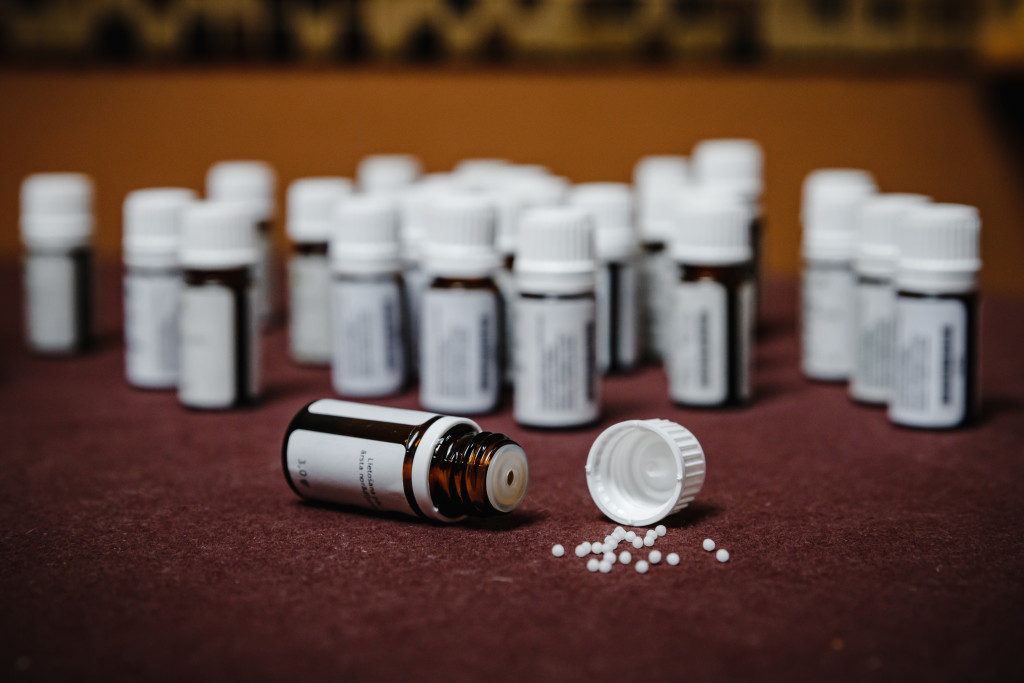Foreign Body Reactions and Their Impact on Pharmacovigilance
- 02/09/2024
Foreign body reaction (FBR) is a significant concern in pharmacovigilance, particularly in medical devices, implantable drug delivery systems, and injectable medications. This complex immune response can have serious implications for patient safety and the overall effectiveness of therapeutic interventions. For pharmacovigilance specialists, understanding FBR is crucial for monitoring, reporting, and managing adverse events related to this phenomenon.
What is Foreign Body Reaction?
Foreign body reaction is the body’s immune response to an implanted device or material recognized as non-self. This reaction involves a series of cellular events, beginning with acute inflammation, then chronic inflammation, granulation tissue formation, foreign body giant cell formation, and finally fibrosis or encapsulation of the material.
The severity and type of FBR can vary depending on several factors, including the material’s composition, its surface properties, the location of implantation, and the duration of exposure. Any implanted device or material will typically cause some degree of foreign body reaction. However, excessive or prolonged reactions can cause complications such as device failure, tissue damage, or systemic effects.
Relevance to Pharmacovigilance
In pharmacovigilance, the monitoring of FBR is essential, especially with the increasing use of implantable drug delivery systems and combination products. Healthcare professionals can misinterpret FBR as an allergic reaction or infection, which leads to underreporting or misclassifying adverse events. Accurate detection and reporting of foreign body reactions are vital for ensuring patient safety and improving the design and biocompatibility of medical devices.
Challenges in Detecting Foreign Body Reaction
One of the primary challenges in pharmacovigilance is the detection and differentiation of FBR from other adverse reactions. The symptoms of FBR can be nonspecific, such as pain, swelling, or redness at the implantation site, making distinguishing from infection or other inflammatory responses difficult. Additionally, the onset of FBR can vary, occurring days to years after implantation, further complicating timely detection.
Case Studies and Reports
Several case reports in pharmacovigilance databases highlight the occurrence of foreign body reactions in patients with implanted devices or drug delivery systems. For example, incidents of severe granulomatous reactions have been reported with certain biodegradable stents, leading to device failure and the need for surgical removal. Similarly, FBR has been observed with injectable microspheres used in cosmetic procedures, resulting in persistent inflammation and nodules.
Best Practices for Monitoring and Reporting
Pharmacovigilance specialists should be aware of the potential for FBR and consider it in their monitoring activities. Collaboration with healthcare professionals, particularly those involved in patient implantation and follow-up care, is essential for the early detection and management of FBR. Reporting systems should include specific criteria for FBR, and healthcare professionals should be trained to recognize and report these reactions.
It’s essential to remember the value of literature monitoring in pharmacovigilance for identifying cases of foreign body reactions. The literature more commonly reports adverse drug reactions. However, the DrugCard platform occasionally uncovers rare and intriguing foreign body reaction (FBR) cases. In this article, we share a few of these cases with you.
Uncovering a Rare Foreign Body Reaction: Vicryl Hypersensitivity
Reactions to Vicryl sutures are rarely reported, especially within 24 hours post-surgery. The DrugCard platform recently identified a case of Vicryl hypersensitivity developing within 24 hours after arthroscopic ACL reconstruction and meniscal repair.
A 32-year-old man underwent surgery following a soccer injury. On the first postoperative day, he experienced erythema, edema, itching, and tenderness around the wound sites. Despite treatment for infection, contact dermatitis, and antiseptic allergy, his symptoms persisted. Vicryl hypersensitivity was suspected, and the sutures were replaced with polydioxanone sutures (PDS), which significantly improved.
When patients present with erythema, edema, blistering, itching, and tenderness around a wound, Vicryl hypersensitivity should be considered after ruling out more common causes. Hypersensitivity testing may be helpful in suspected cases.
A Case Study of Metal-on-Metal Hip Replacements
The DrugCard platform recently uncovered an intriguing case involving metal-on-metal (MoM) hip replacements. Metal-on-metal bearing couples in total hip arthroplasty (THA) can lead to the release of metal ions, particularly cobalt and chromium, over time. This can cause metallosis, leading to various local and systemic issues.
The case involved a 37-year-old woman who developed warm-antibody autoimmune hemolytic anemia (WAIHA) 18 months after receiving bilateral MoM hip replacements. Her WAIHA was resistant to all treatments, including splenectomy and rituximab, and required long-term prednisone for control. After 11 years, she was diagnosed with systemic metallosis and periprosthetic joint infection, necessitating the removal of her hip prostheses. Remarkably, six weeks post-surgery, her WAIHA entirely resolved on its own.
Conclusion
Foreign body reaction is a complex and potentially serious adverse event that requires careful monitoring in pharmacovigilance. Pharmacovigilance specialists have a crucial role in safeguarding the effectiveness of medical devices and implantable drug delivery systems. They achieve this by mastering the mechanisms, challenges, and best practices for managing foreign body reactions. Continued research and collaboration between pharmacovigilance professionals, healthcare providers, and device manufacturers are essential. These efforts are necessary to mitigate the risks associated with FBR and improve patient outcomes.



